The Centaur
The pages of history are no stranger to bizarre amalgamations—many of them from Greek mythology.
Since the bronze age, the merged silhouettes of horse and human have captured our imagination.
As legend has it, the Centaur is a creature of contradiction, both outward and inward, a fusion of wisdom and savagery, civilization and brutality.
The Greeks placed the centaur’s origin in the mountains of Thessaly, where legendary teachers like Chiron shared knowledge with heroes, even as their relatives engaged in acts of violence and chaos.
But I will say from the outset, my valued reader, that what I discovered beneath Mount Pelion defies all conventional understanding of vertebrate biology. The fossilized remains I encountered there suggest something far more profound than mythology - a creature whose very existence challenges everything we thought we knew about evolutionary history.
What follows here is not yet another retelling of an ancient myth. I present to you instead a scientific examination of a creature that nature crafted... and that something else attempted to perfect.
The History
The legends of the centaur need little introduction - half-human, half-horse creatures that have captured human imagination for millennia. And yet, as with many myths, the details prove more complex than popular depictions might suggest.
The most famous account tells of their violent clash with the Lapiths, a human tribe who had invited the centaurs to a wedding feast.
But the centaurs, after some rounds of wine, attempted to carry off the women—including the bride. The Lapiths, aided by renowned hero Theseus, fought the centaurs, and managed to succeed in victory.
This tale, is now referred to as the centauromachy, came to symbolize the eternal conflict between civilization, represented by the Lapiths, and savagery.
But not every centaur was known as a brute. Chiron, for example, was known to be a wise teacher of heroes, skilled in medicine and astronomy. From his cave on Mount Pelion, he was said to have tutored many of Greece's legendary figures, including Achilles and Jason.
Pelion.
Little did I know just how significant that name would come to be.
You see, my valued reader, as I had conducted my examination of the scrolls stored in the labyrinth at Knossos, I had initially dismissed a reference to Thessaly as incidental - a mere geographical notation among the more complex diagrams and ritual descriptions.
But something about the passage struck me as odd. Unlike the detailed chronologies of experimentation, this section described what appeared to be observation.
Alison took the liberty of deciphering much of the ancient greek—she is much more linguistically skilled than I—and found references to "creatures in the northern mountains" with an almost reverent tone.
The authors of those scrolls - the ones I've come to call The Keepers of the Labyrinth - seemed to be documenting not just their own work, but something ... else.
Though we were dealing with little more than archaeological fragments, I suspected that the answers to my questions lie somewhere in those mountains.
And so it was that I, along with Alison, traveled to Thessaly.
The Investigation
I all honesty, I was shocked to find that our first inquiries in the region were not met with bewilderment or dismissal. Indeed, local farmers spoke of strange sounds in the night, hikers described unusual tracks.
What caught my attention was the geographic consistency. Most unusual creature sightings tend to scatter randomly across a region. But these centered around a specific network of valleys in the Pelion range.
And yet, despite all of this, we uncovered no physical evidence. That is, until we almost literally stumbled upon a single hair sample, deep within a remote cave system—the location of which will remain classified. I
In short, the hair’s genetic markers were... unusual enough to warrant further investigation.
However, given the unsanctioned nature of this particular investigation, I was unable to pursue analysis through the normal channels.
For a time, at least, it appeared that we had hit a dead end.
It was the caves themselves that eventually led to a breakthrough.
The Cretan scrolls shed some light on this, but ultimately, our discovery of an extensive network of subterranean caverns was mostly a matter of luck.
There were no living creatures there, no signs of habitation. What we saw instead were signs of ancient excavation and… the fossilized remains of a creature that would, eventually, shatter my carefully constructed worldview.
It is at this point that I must beg your indulgence. What I am about to describe will seem far fetched, even by the standards of my previous investigations. But it was there.
The specimen we found was preserved with remarkable clarity in the limestone.
However, it wasn't what legend would have led me to expect.
Unlike popular depiction, this was no human/equine amalgamation. Before me lay the remains of something else entirely - a six-limbed predator.
I would later name it Agihexapus thessalicus, and it came to consume me.
Agihexapus Thessalicus
What follows is a detailed account of the specimens we examined—multiple complete skeletons, with fragments of preserved soft tissues, likely owing to the conditions of the cave that held it.
On average, these specimens measured roughly 5 feet tall at the shoulder, and 6-7 feet in total length.
Vertebral Column
Agihexapus thessalicus is, as previously mentioned, a six-limbed vertebrate with an elevated anterior segment—a bauplan which, to my knowledge, has no physical precedent in nature.
It is difficult to know where to even begin.
Perhaps the first question is how an organism with six limbs could be feasible from a biomechanical standpoint.
And this question would lead to what is arguably this organism’s most impressive skeletal feature: its vertebral column.
Indeed, supporting six limbs while maintaining an elevated anterior segment presents unique problems of balance, weight distribution, and coordination that likely required several key adaptations.
One can see the first such innovation in the spine’s gradual, elongated curve. Unlike the abrupt transitions we see in modern quadrupeds, this smooth curve would have distributed forces evenly across the entire column.
The neural spines maintain consistent height throughout, suggesting an arrangement of paraspinal muscles that provided stability through tension, much like the cables of a suspension bridge.
To this point, unlike the relatively simple arrangement seen in most vertebrates, the creature’s epaxial muscles appear to have developed into distinct deep and superficial layers, preserved as differentiated bands of tissue. The deeper muscles' attachment points would facilitate fine postural control, while the superficial layers' broad insertions would have allowed for explosive movement.
Preserved tissue structure also reveals a rectus abdominis developed into separate anterior and posterior segments, bridged by a complex of oblique muscles.
This is another impressive aspect of this organism’s anatomy—without this arrangement, the elevated anterior portion would have created unsustainable strain on the spine.
Combined with the long, gracile tail acting as a counterbalance, this combined musculoskeletal arrangement would likely have allowed thessalicus to maintain its… distinctive posture without excessive muscular effort.
Limb Structure
Of course, these systems would have been without equally sophisticated limb adaptations, and so it is with thessalicus, beginning anterior.
These limbs exhibit four functional digits, and the preserved joint surfaces and muscle attachment points suggest a remarkable range of motion, matching wear patterns we've found on primitive tools discovered alongside the fossils.
In short, these limbs were undoubtedly used primary for manipulation, gathering, and tool use. It could very well be that the reports of an ancient species of bow-wielding hybrids, so to speak, had some merit after all.
Of course, there may also be another explanation, but we will return to that in time.
Interestingly, though our samples of preserved muscle tissues were few, some taken at these anterior limbs indicate well-developed digital flexors and extensors, of which discrete bundles of fine muscle fibers were clearly reminiscent of modern primate forearm structure.
The middle and posterior limb pairs likely bore the full responsibility for locomotion, each displaying a reduction to three digits—a clear cursorial adaptation.
Here, the shoulder and hip attachments angle, presumably for maximum thrust and stability, with robust flexor tubercles suggesting powerful tendons.
It goes without saying that while these limbs are clearly not as similar to horses’ as the legends would have us believe, they do bear a striking resemblance to early equid ancestors like Eohippus, with digits and joint structures optimized for uneven terrain.
Evolutionary Development
I will take a brief interlude here to describe what I anticipate to be a burning question in your mind, valued reader, just as it was in mine: how could such a remarkable body plan have evolved in the first place?
In the absence of any direct fossil evidence of any early stages, I believe that we can make some inferences. Keep in mind, however, that at this time, these hypotheses are just that.
The first stage of thessalicus’ development likely began with an early aquatic form, perhaps during the initial vertebrate transition to land, wherein this branch appears to have retained an additional set of paired fins that would later develop into middle limbs.
The transition from fin to limb would have followed similar developmental patterns to those we see in early tetrapods, but occurring across three pairs rather than two.
In any case, the hypothesized intermediate stages of thessalicus’ lineage are undoubtedly where environmental pressures had the most impact.
One could argue well that possessing six legs isn’t better than four - in fact, the complexity and redundancy of coordinating additional limbs might explain why most vertebrate lineages eventually settled on four.
Yet instead of losing or reducing its middle limbs as one might expect, as we’ve seen, thessalicus appears to have repurposed its anterior pair entirely for manipulation while retaining four legs for locomotion. This solution, though seemingly more complex, must have provided significant advantages in its mountain environment.
But the most profound transformation would have occurred in the fourth and fifth stages, where the anterior segment's elevation might have begun as a simple behavioral adaptation - rising up to scan for prey or threats, or perhaps reaching for food - before, as the anterior limbs specialized further, becoming a fixed postural change.
And yet, the sophistication of thessalicus's adaptations suggests a long history - one that, by all normal expectations, should have left considerable evidence across multiple geological strata. The fact that it hasn't, at least to public knowledge is, frankly… disturbing.
Pelvic and Shoulder Modifications
But for now, let us return to what I can say with certainty.
We have seen that the typical depiction of a centaur is one of jarring juxtaposition—that of man and beast. But as we’ve seen, thessalicus displays a clear homogeneity across its entire body.
And nowhere is this more apparent than in its locomotory anatomy.
To begin with, the anterior shoulder structure shows a complete departure from its locomotor origins - the scapulae are broad and distinctly flattened, providing expansive attachment points for muscles controlling its presumably dexterous forelimbs. Most notably, the glenoid cavity is oriented to allow an extraordinary range of motion, more reminiscent of primates than any cursorial mammal.
But most astoundingly, the creature appears to have developed what is essentially a double pelvic structure - a modified anterior hip girdle for the middle limb pair, integrated with a more traditional posterior pelvis.
Between the two pelvic components, dense ridges of bone indicate what would have been substantial ligament attachment points, thereby creating a framework that would have distributed forces evenly during rapid locomotion.
…
Ultimately, what is striking to me about these specimens is simply the… integration of the musculoskeletal system.
Antagonistic muscle groups likely worked in concert across all major body segments—perhaps most notable in the evidence of broad fascial sheets running obliquely between the anterior and middle limb sets.
These would have acted like tension cables, automatically adjusting to maintain stability as the creature shifted its weight or reached for prey.
In short, this is a creature whose every anatomical feature serves a clear and fascinating purpose.
Intelligence
Unfortunately, without living specimens to observe, I can say virtually nothing about thessalicus’ level of intelligence with complete certainty.
However, I am able to make some inferences based on certain endocranial castings.
First, the cranial capacity and internal structure indicate areas of likely neural enhancement, particularly in regions we associate with motor control and coordination.
Second, the size of the vertebral canal and its associated foramina could have accommodated substantial nerve pathways to all three pairs of limbs. As would be expected, the size and arrangement of these neural passages, particularly in the anterior region, indicate enhanced innervation to the forelimbs.
Finally, based on certain artifacts recovered along with the fossilized remains, I can say with some confidence that this species was intelligent. The cave system yielded numerous preserved tools showing sophisticated manufacturing processes, including carved bone implements with distinct wear patterns which, to me, strongly suggests prolonged use for specific tasks.
Internal Systems
Respiratory System
I will now describe our findings of thessalicus’ internal anatomy, which presents several fascinating solutions to the challenges of supporting its unique body plan.
For example, perhaps somewhat unexpectedly, the lungs are housed in the anterior thoracic cavity. I suspect that this placement is advantageous, as it positions the primary respiratory apparatus closer to the brain.
This arrangement likely evolved as thessalicus's ancestors gradually developed their elevated anterior segment. As part of this process, as the front portion rose, the lungs would have simply shifted with it.
Additionally, the diaphragm is more refined than what we see in traditional tetrapods. Rather than a single muscular sheet, it appears to have developed into a segmented structure with distinct anterior and posterior components. This would have allowed for more precise control over breathing mechanics, and could have led to increased overall efficiency.
The anterior thoracic cavity also housed the heart.
Residual cardiac tissues lead me to believe that it was relatively large, with thicker ventricular walls.
Additionally, preserved vessels indicate increased elasticity, particularly of those serving the brain—an adaptation which would have been crucial for rapid elevation changes.
Due to the location of these crucial organs, the anterior rib cage is sufficiently robust, remarkably similar that of a human.
Digestive System
The stomach and primary digestive organs, on the other hand, are positioned within the posterior thoracic cavity, which is protected by its own distinct set of ribs. In contrast to the more rigid anterior ribcage, however, this structure was likely more flexible, and with wider spacing between ribs. This would have allowed for digestive expansion while still providing protection and muscle attachment points.
The digestive system itself shows clear omnivorous adaptation with what I believe to be a slight predatory emphasis. Examinations of Thessalicus' dentition match what we observe in the preserved gut structure, as the teeth exhibit a combination of slicing and grinding surfaces.
It appears that the stomach itself was relatively large, but simple, and food was likely primarily broken down mechanically, rather than by extended chemical digestion.
As food was ingested, it quite clearly would have moved through an elongated esophagus spanning both body segments before reaching the stomach.
Though intestinal tissues were not well-preserved in the specimens we examined, it stands to reason, especially given the capacious posterior cavity, that the small intestine was long and efficiently coiled within, and would have allowed for efficient extraction of nutrients from both meat and plant material.
And, in large part, this concludes our findings in regards to these particular specimens.
But as monumental as it was, this would not be our last discovery.
Something More
As our excavation continued deeper into the cave system, we began finding evidence of activity...
At first, these seemed to be typical archaeological remains - more tools, pottery shards, the usual detritus of prehistoric occupation. But as we pressed in further, the artifacts became... different. More elaborate.
It started with the discovery of a sealed chamber, its entrance carved with symbols that were unsettling similar to those I'd seen in Crete.
We managed to unseal the chamber, and it was, in fact, easier than we might have thought.
But what lay within suggested that the Cretan cult's attempts at "flesh craft" were little more than crude imitations of something far more ancient - and far more advanced.
The walls of this chamber were covered in diagrams of unsettling sophistication, scratched into the stone like chalk on a board.
Diagrams quite clearly depicted the very same skeletal configuration we had only just discovered. But not only the skeleton.
Anatomical drawings of a what appeared to be a hepatic system, the modified diaphragm, the precise arrangement of neural pathways.
We stood in awe. These were not some primitive cave paintings. This was art, scientific schematics that rivaled those of our own time.
And there were annotations.
I have yet to unravel all that we observed there, and I hesitate to even say it aloud.
Alongside the drawings of thessalicus's natural anatomy were systematic… modifications - outlined alterations to the anterior ribcage to accommodate larger lungs, reinforcement of the cervical vertebrae, limb elongation, enlargement of the the brain case.
Bound pages lay on stone tables at the wall’s base, seemingly untouched by time, each one layered in heavy script I didn’t recognize, accompanied by still more anatomical drawings.
The organism they depicted was like thessalicus in many ways, but more gracile. For lack of a better word, more refined.
We took many photographs, but I fear they will never now see the light of day.
But as we did so, the flash of bulbs like lightnings against a stony sky, we heard a sound.
Something else was in the cave with us.
My valued reader, I'm afraid this recording must end here.
What I can say is this: it has become clear to me that the Cretan cult's attempts at "flesh craft" were merely fumbling imitations of something far more unbelievable... and far more ancient.
And that something still lives.
Read part two here.
The story continues with The Centaur's Lament
Research Profile
Who are The Keepers of the Labyrinth?
Note: this link only available to Patrons

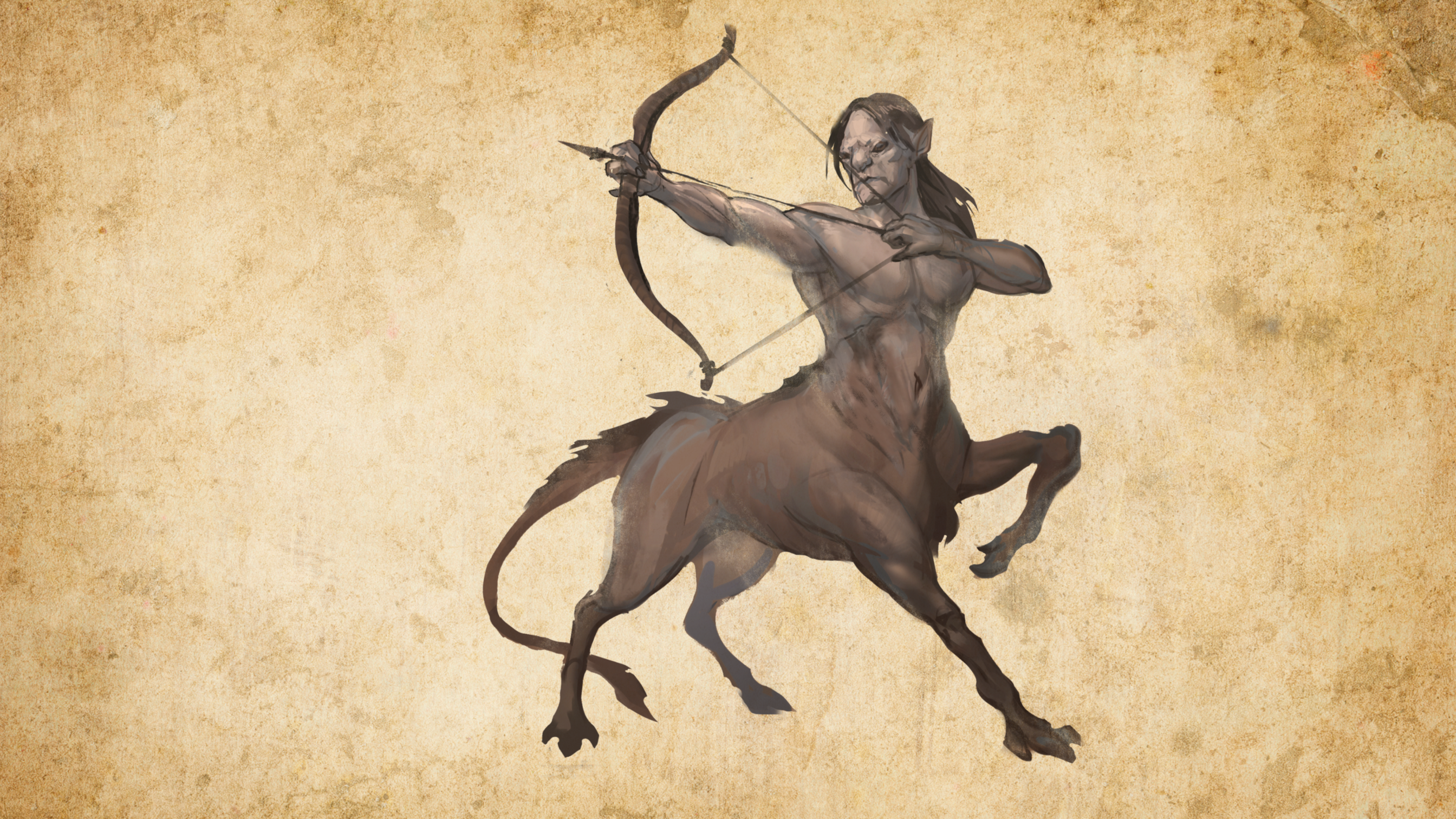
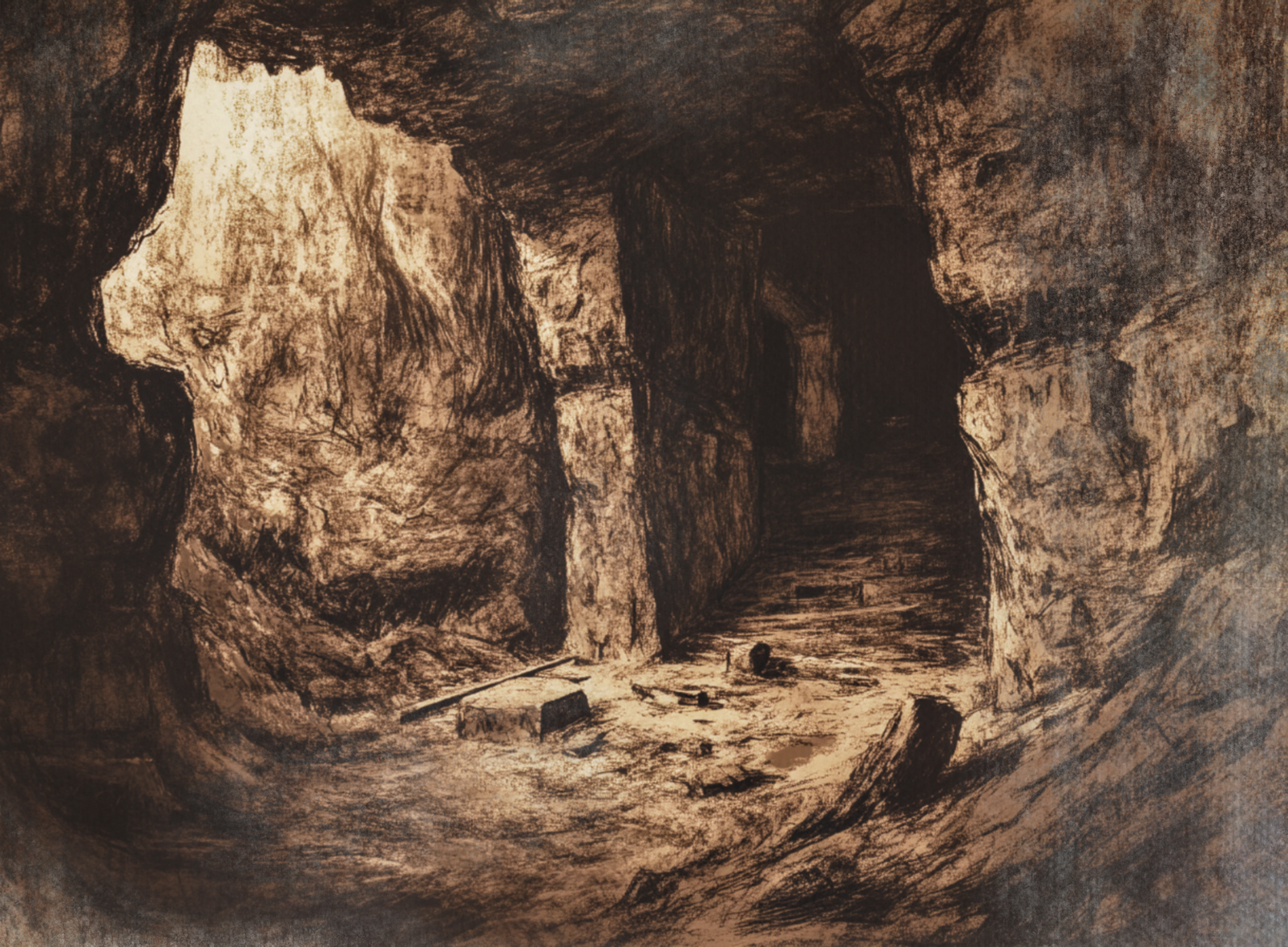
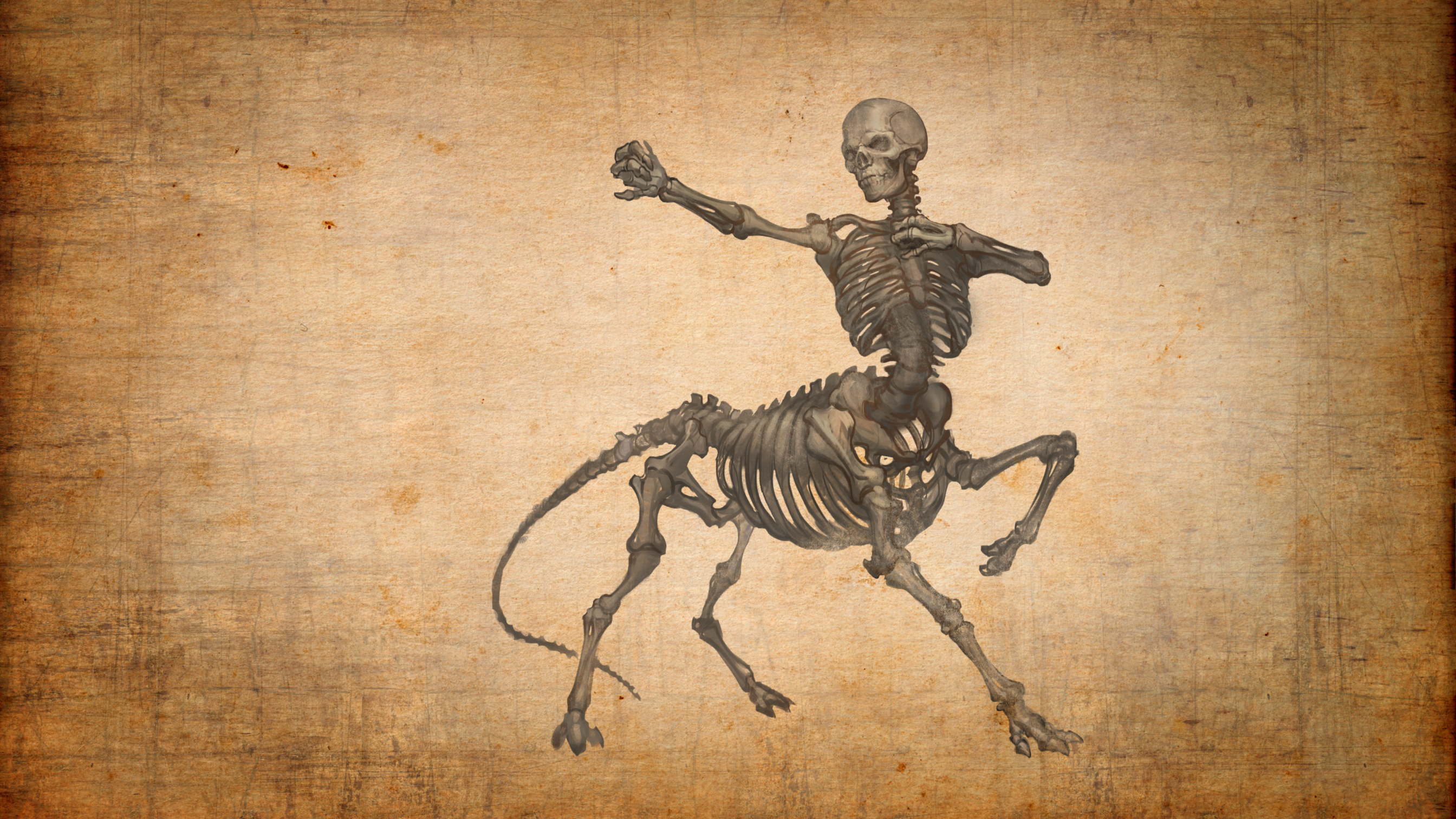
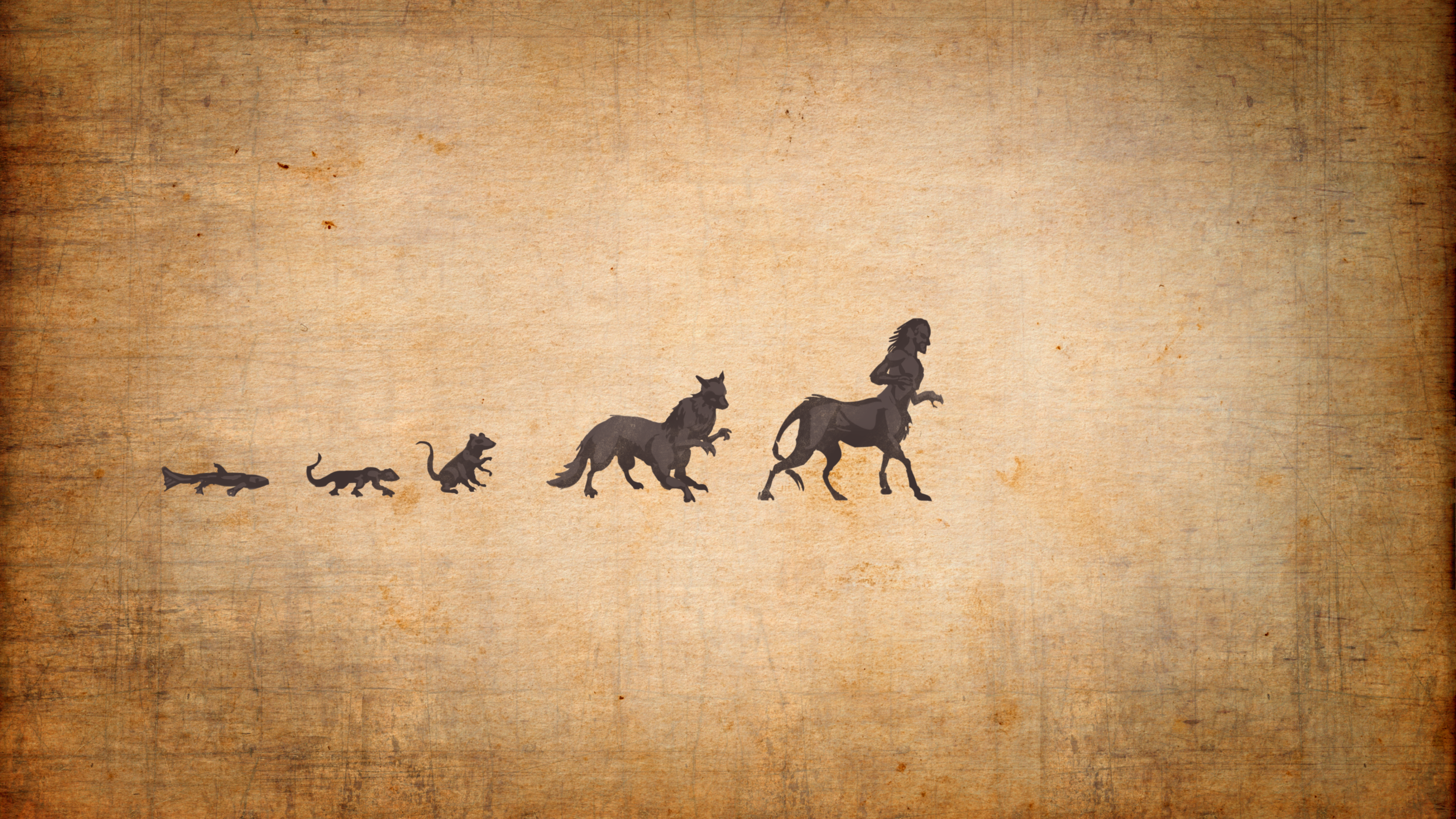
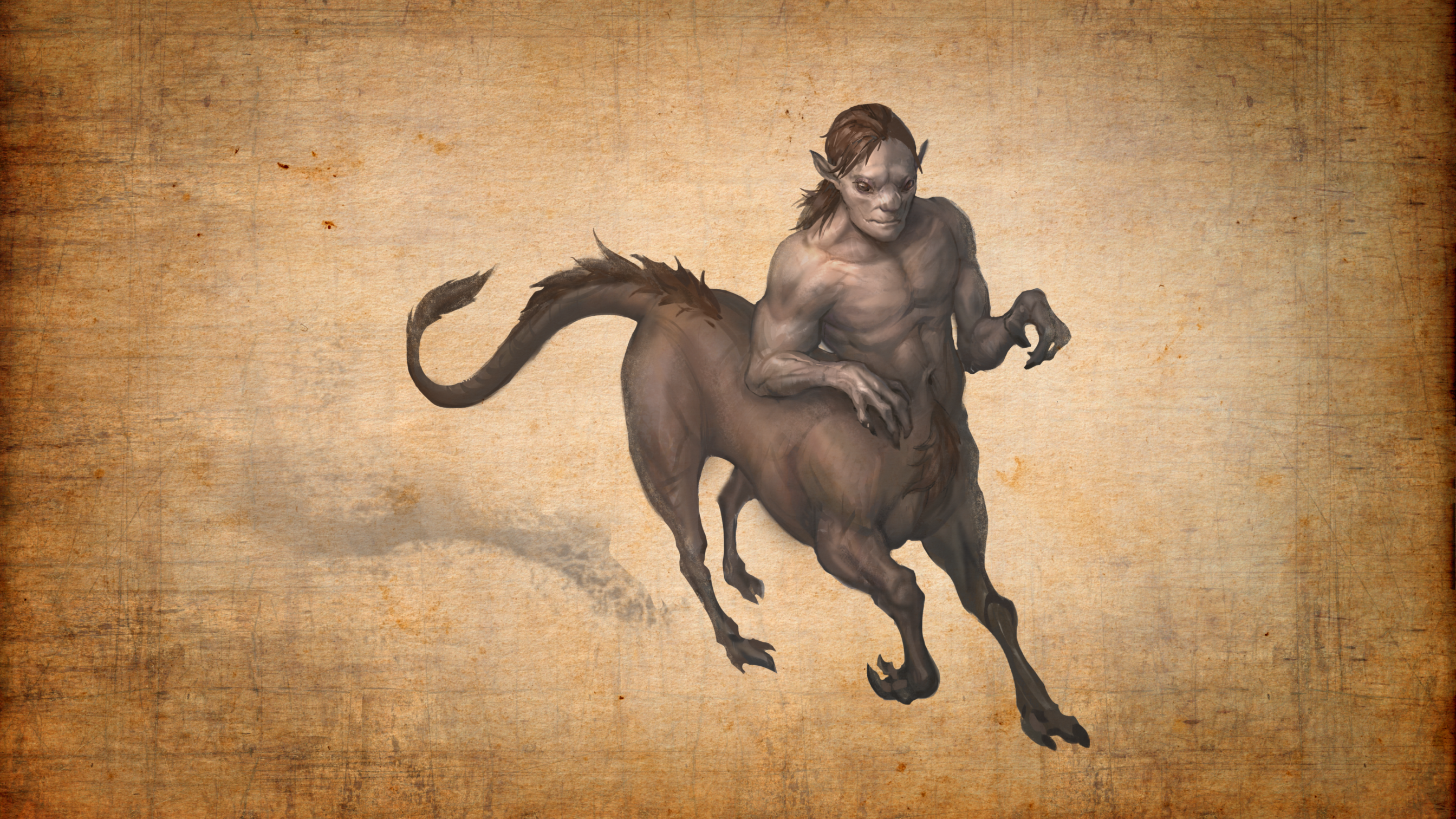
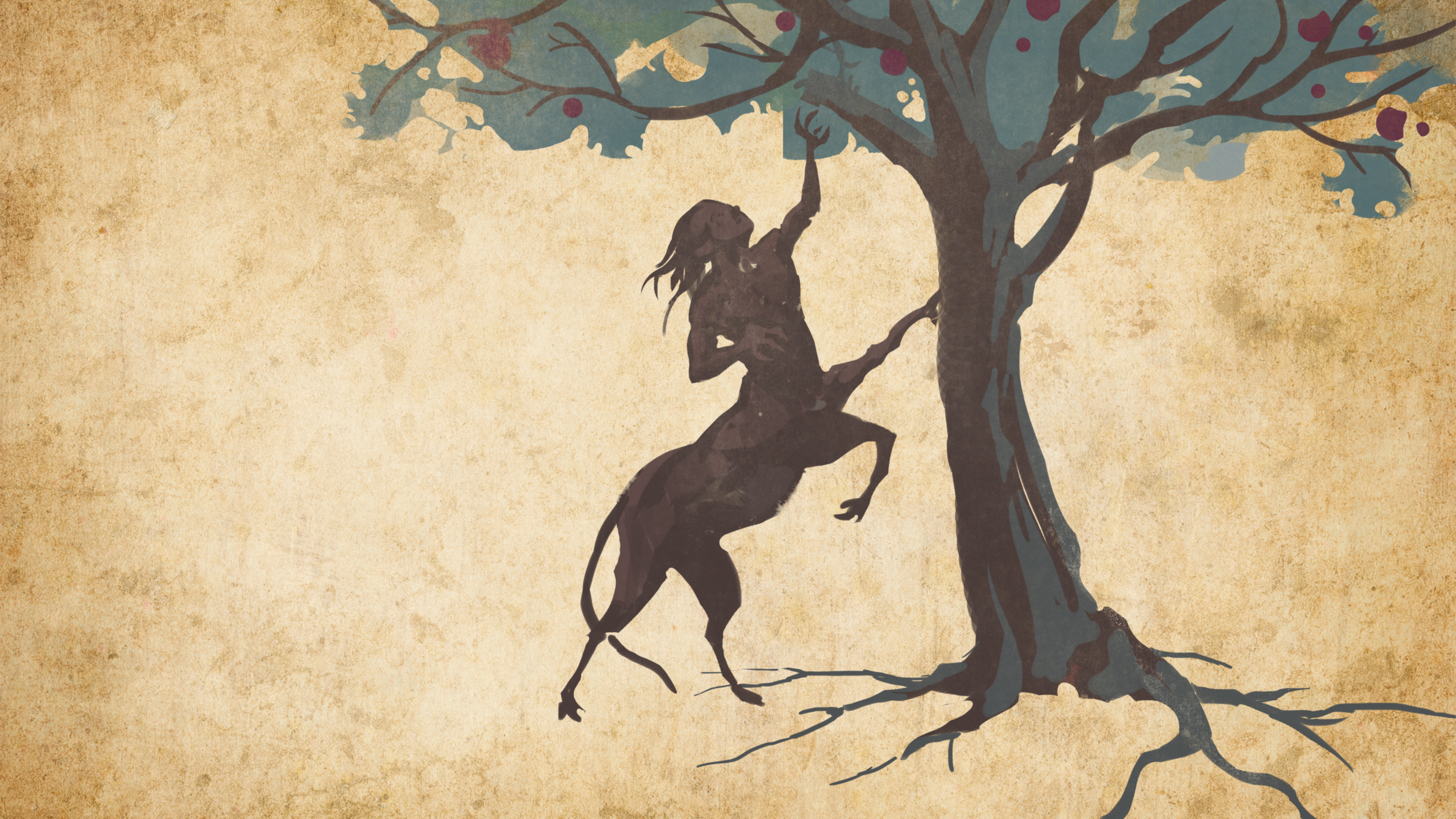
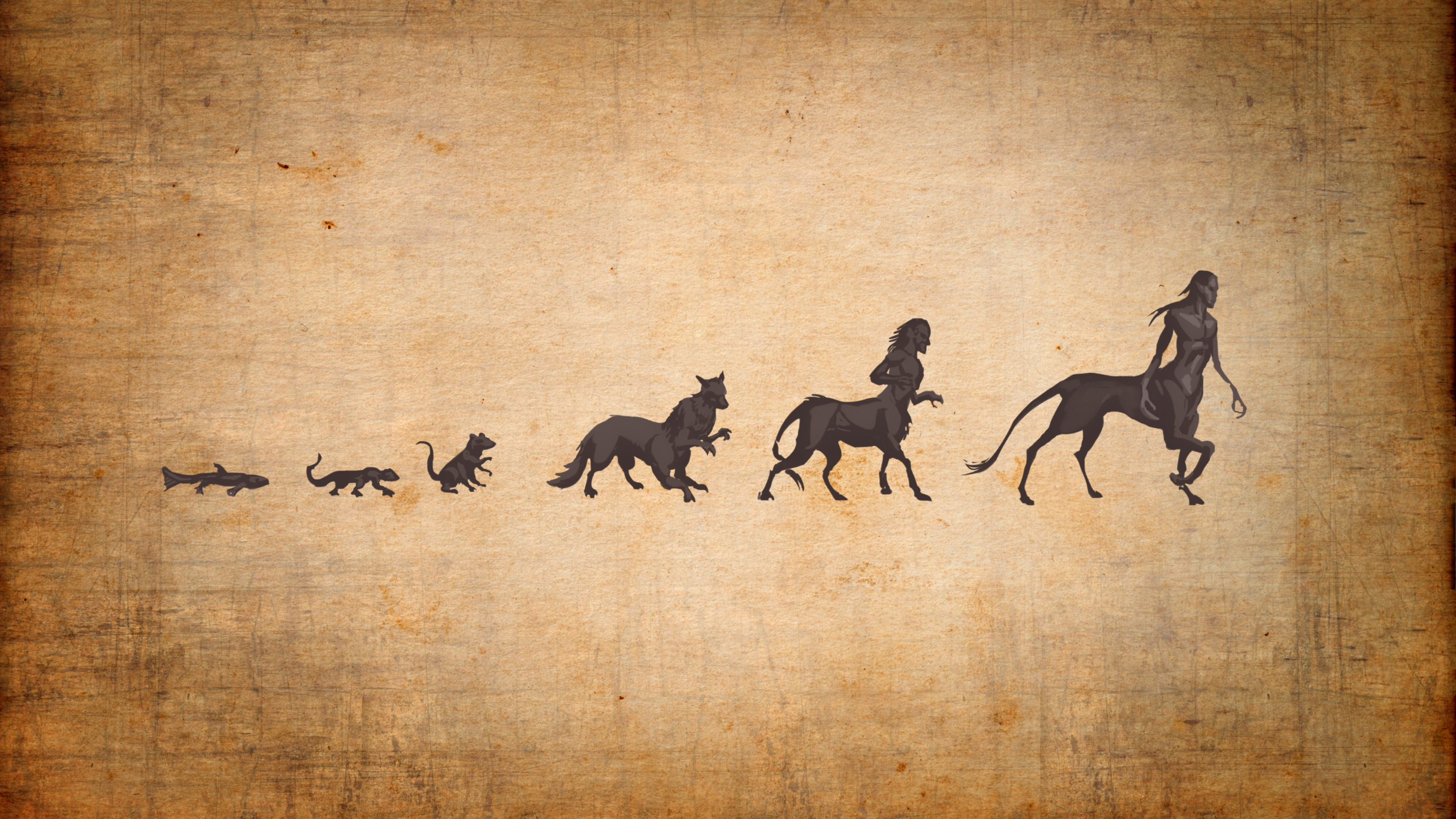


Missing the other cavern piece with the opened chamber for the Something More section, btw!